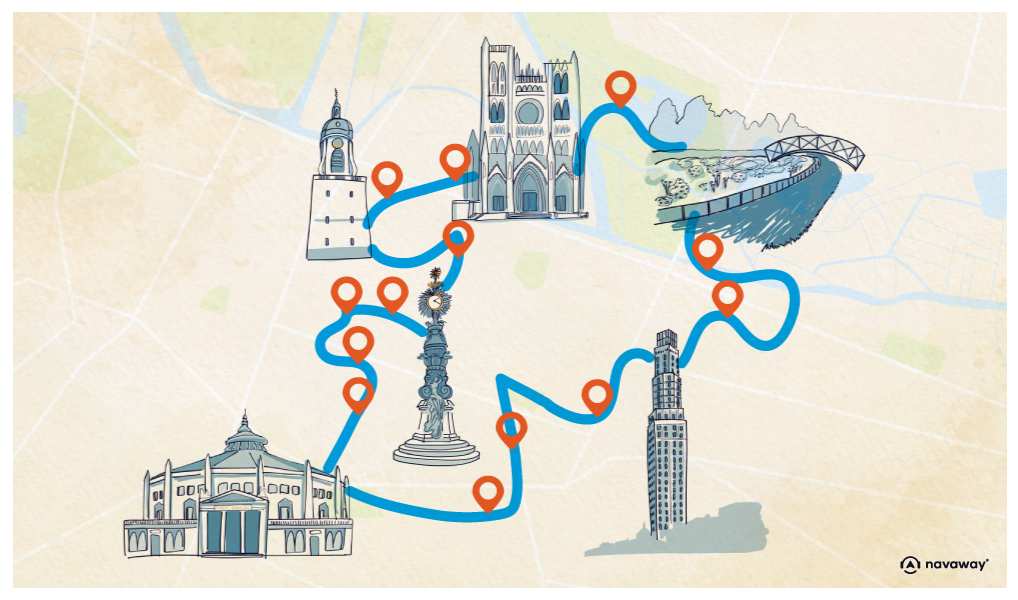
History of Amiens
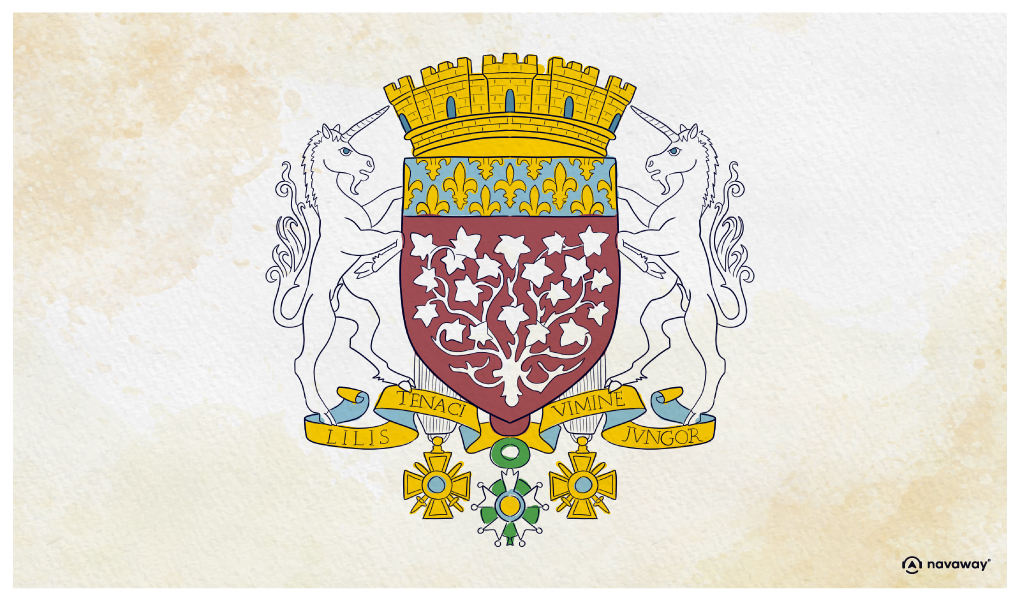
This point of interest is available as audio on the tour: Visit Amiens, Heart of the Somme Valley
You’re now walking along Rue des Otages. While we make our way to the next stop, let me tell you a bit about the long and fascinating history of Amiens. In fact, this very street dates all the way back to Roman times. It was part of the Via Agrippa, a major road built in the 1st century BC that connected Amiens to Lyon. However the region has been inhabited for far longer, the earliest traces of human presence here go back more than 500,000 years. Around the 3rd century BC, a Gallic tribe called the Ambiani settled in the area. After Julius Caesar came through, the city became part of the Roman Empire and was renamed Samarobriva. It wasamongst the very first cities founded by the Romans in Gaul. In the 3rd century AD, the city was threatened by repeated invasions—especially by the Franks, leading the Romans to built walls around it to keep it safe. That same century also marked the beginning of the Christianization of Gaul. Missionaries were sent out from Rome and other parts of the Empire to convert the population. Here in Amiens, it was Saint Firmin who carried out that mission. But the Romans, who were still pagan, didn’t approve. They had him beheaded. In the 5th century, the fall of the Roman Empire led to the departure of Roman troops, leaving the city in the hands of the Franks. At that point, Samarobriva became known as Ambianorum—named after the original Gallic tribe, the Ambiani. From then on, and all the way to the 13th century, Amiens went through a long period of instability: Viking raids, invasions by the Normans, and the beginning of the feudal system, when royal power started shifting into the hands of local lords and counts. In the 12th century, things began to change , as Amiens experienced a boom in the textile industry—especially in cloth-making. The city became one of France’s major cloth producers. The dyeing process relied on a local plant called “guède,” or “woad” in English, known in the region as “waide.” It produced a blue dye that became famous as “Amiens Blue,” and brought great wealth to the city. The construction of the cathedral began around that time. Yet the 12th century wasn’t all about prosperity. The people of Amiens were also fighting to have more freedom from the local count. With help from the king, they finally won the right to govern themselves—and even got permission to build their own belfry. Over the following centuries, the city continued its textile production while facing a string of dramatic events: the Hundred Years’ War, the Wars of Religion, the Thirty Years’ War, outbreaks of plague and famine… Because of its strategic location, Amiens was often caught in the middle of conflicts, with many rival powers tring to take control of it. To protect the city, the walls were reinforced several times, and a citadel was built—which you can still see today. Then, in the 19th century, after a long-awaited return to peace, the city began to change. New buildings went up, public squares were created, and the streets were opened up to give Amiens a lighter, more elegant feel. But that peace didn’t last. Amiens was hit hard by three major wars—the Franco-Prussian War, followed by the First and Second World Wars—which destroyed large parts of the city and led to major rebuilding efforts. This all explains why you’ll find so many memorials and monuments here in Amiens, and more generally across the Somme region. Today, the city has thankfully regained its beauty, blending rich history with a modern, forward-looking spirit. Known as one of the greenest cities in France, Amiens is full of life, with cultural events, a festive atmosphere, and plenty of delicious northern food. No wonder it attracts over 30,000 students, and was even named European Youth Capital in 2020! Come on—let’s keep walking and explore more of what the city has to offer.


Discover Amiens with app
An interactive guide through the most beautiful streets, squares, and districts
27 fun audioguides full of historical facts, anecdotes, and legends
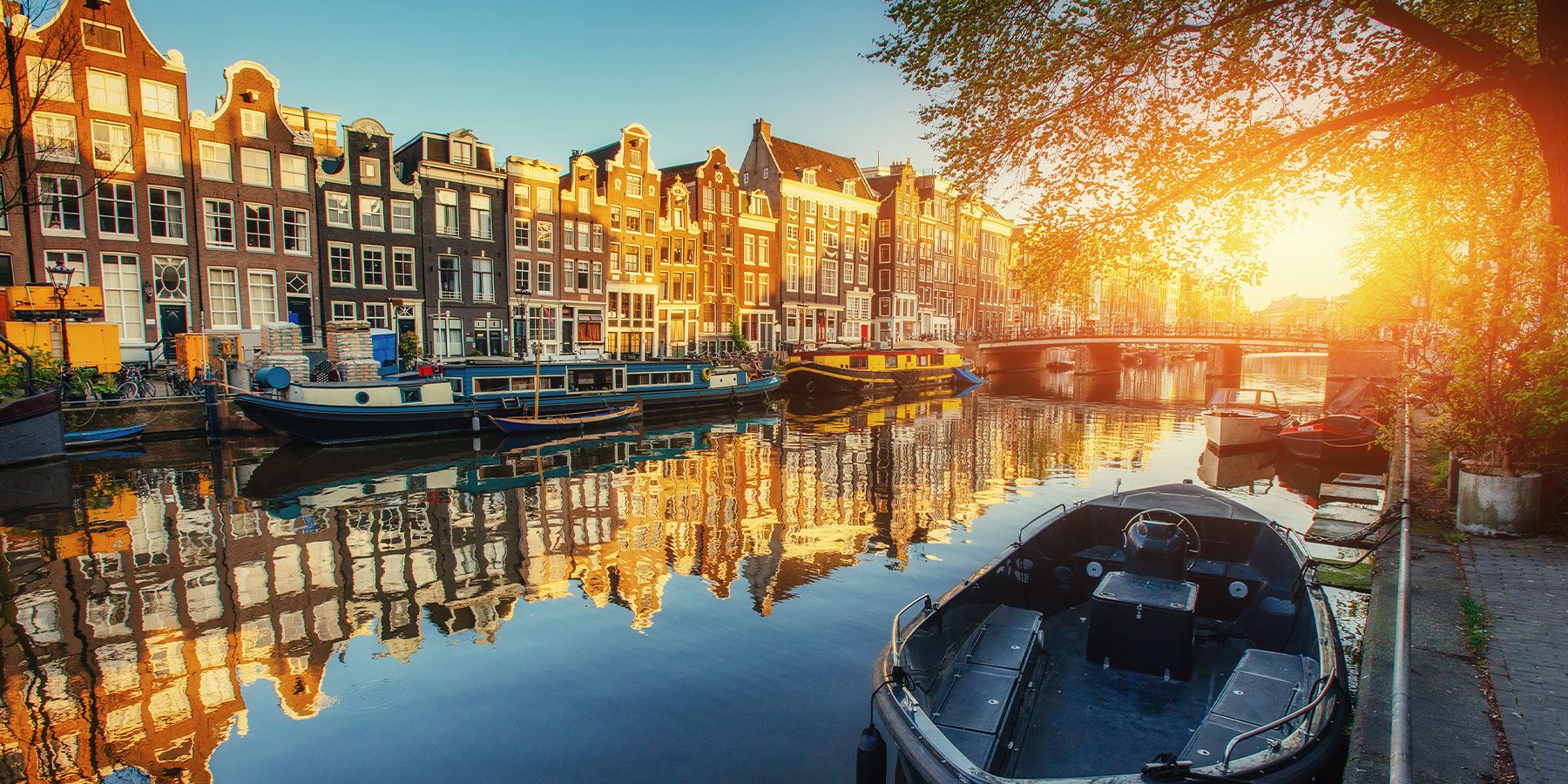
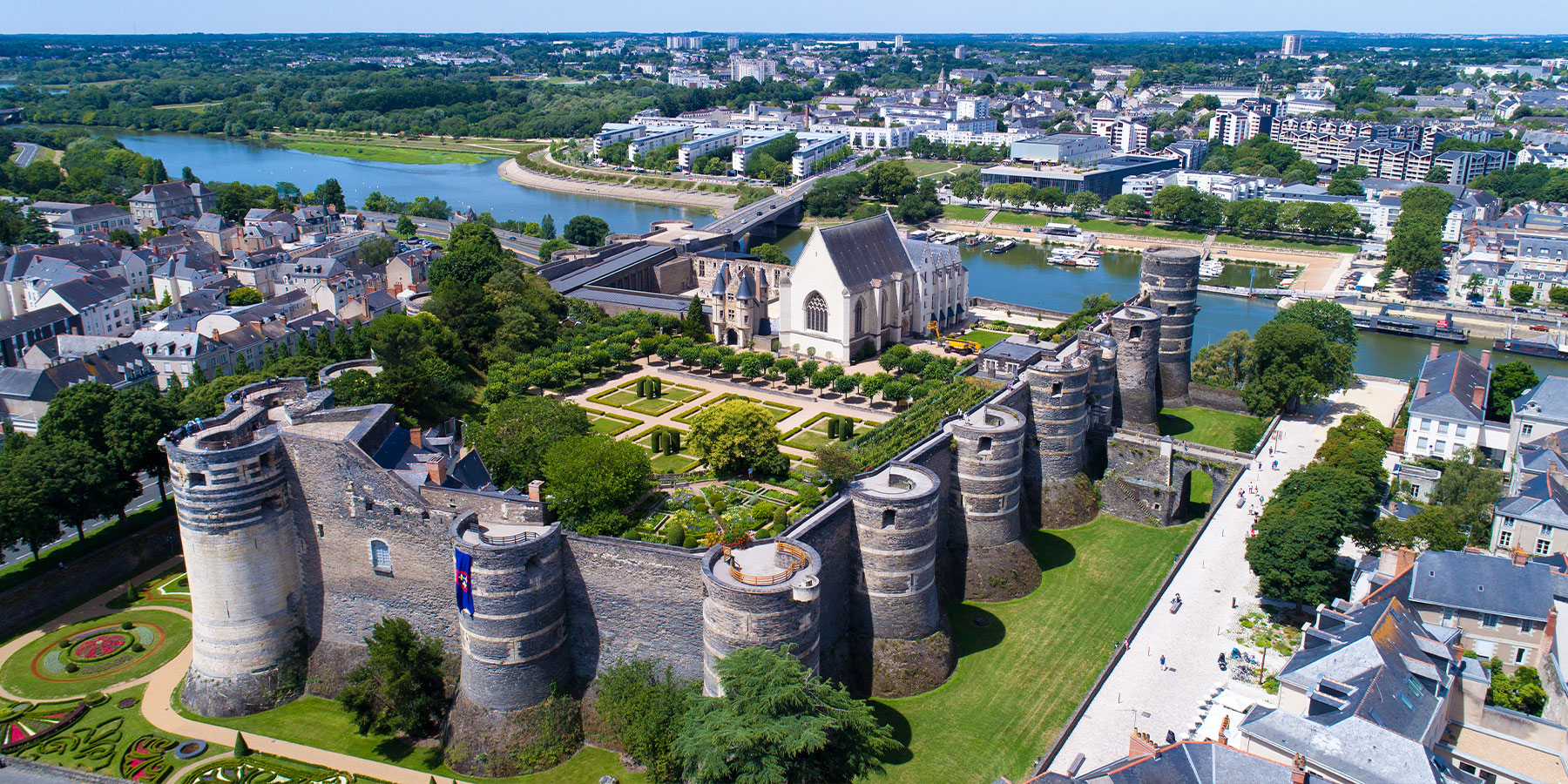
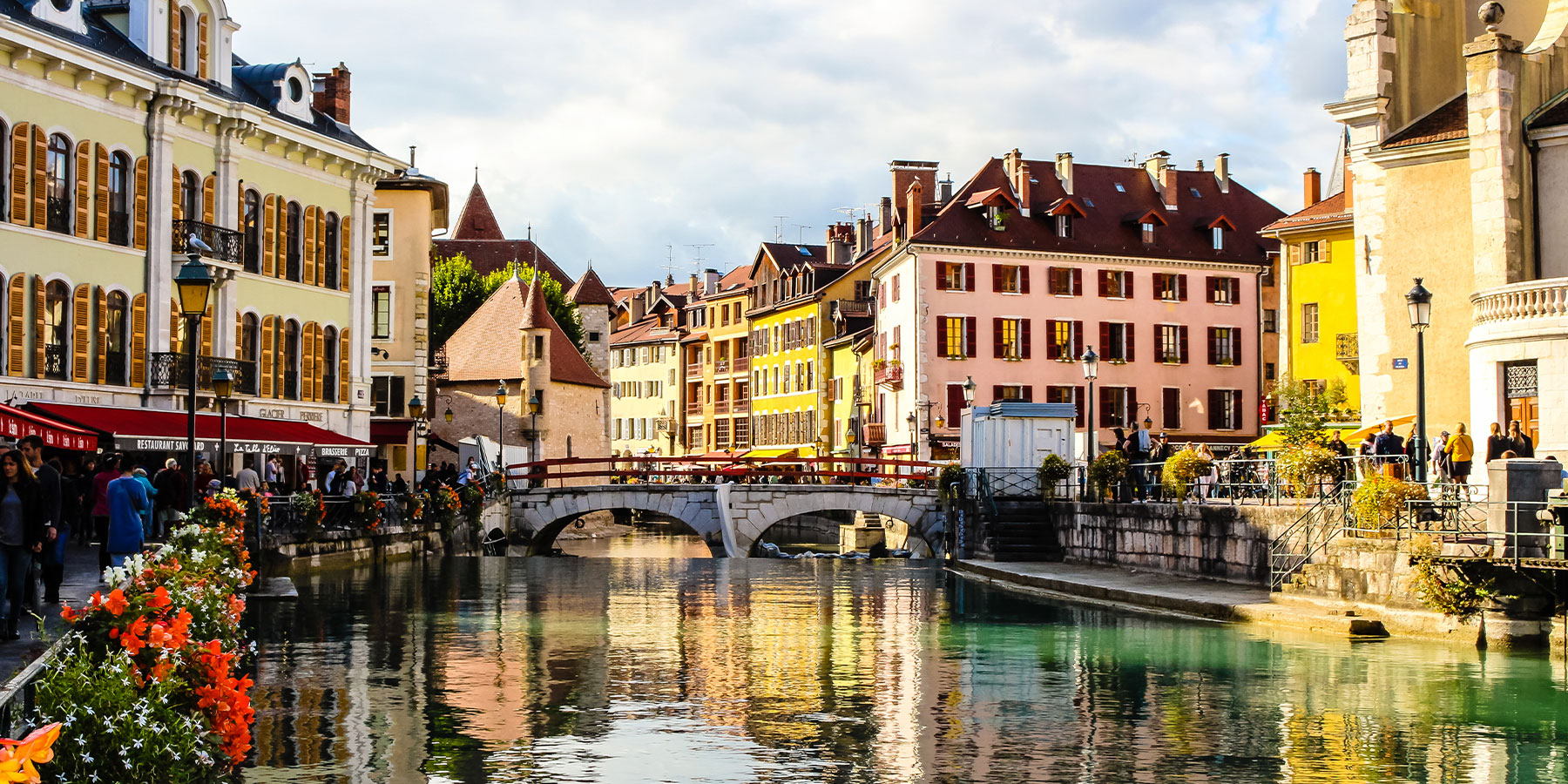


Comments